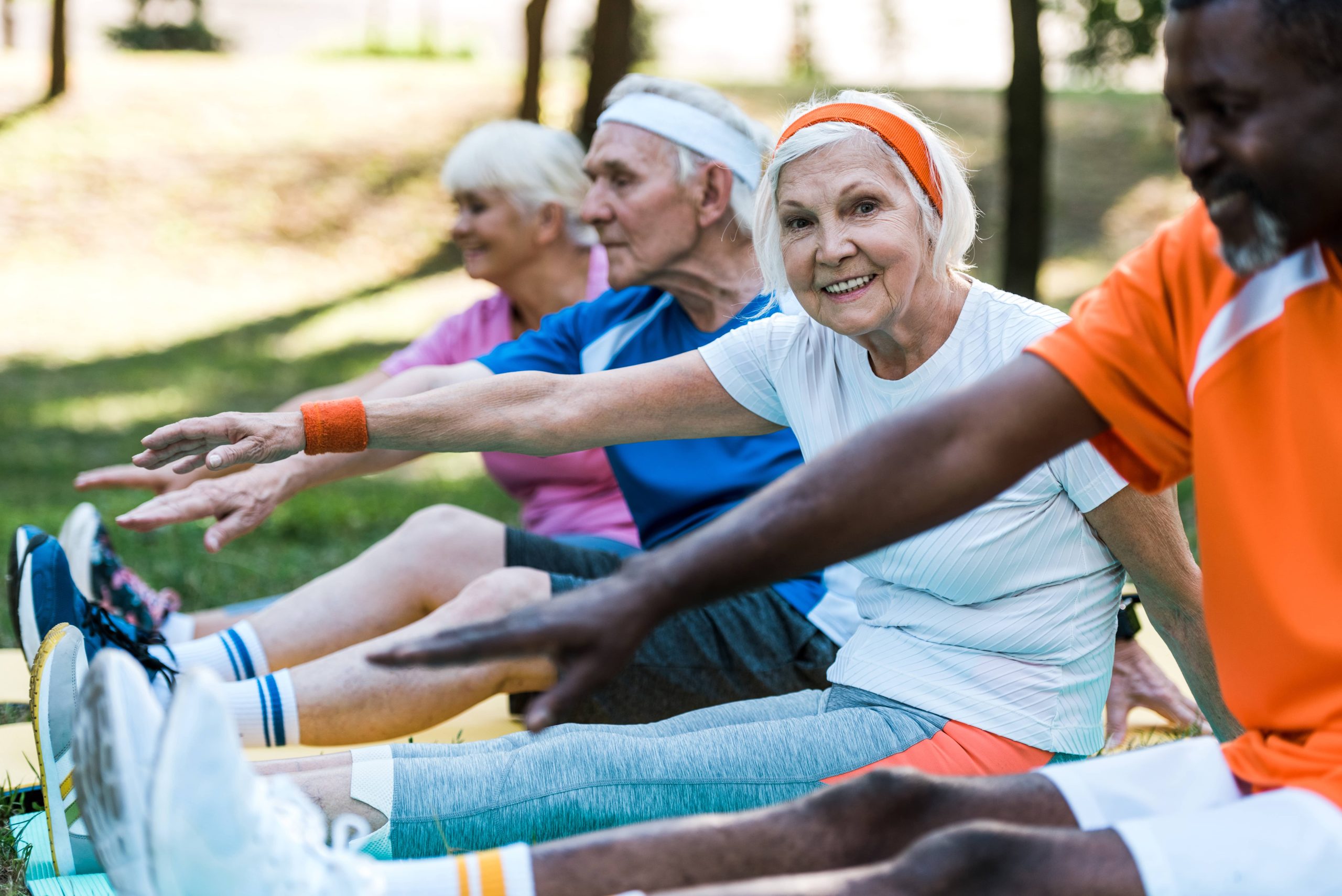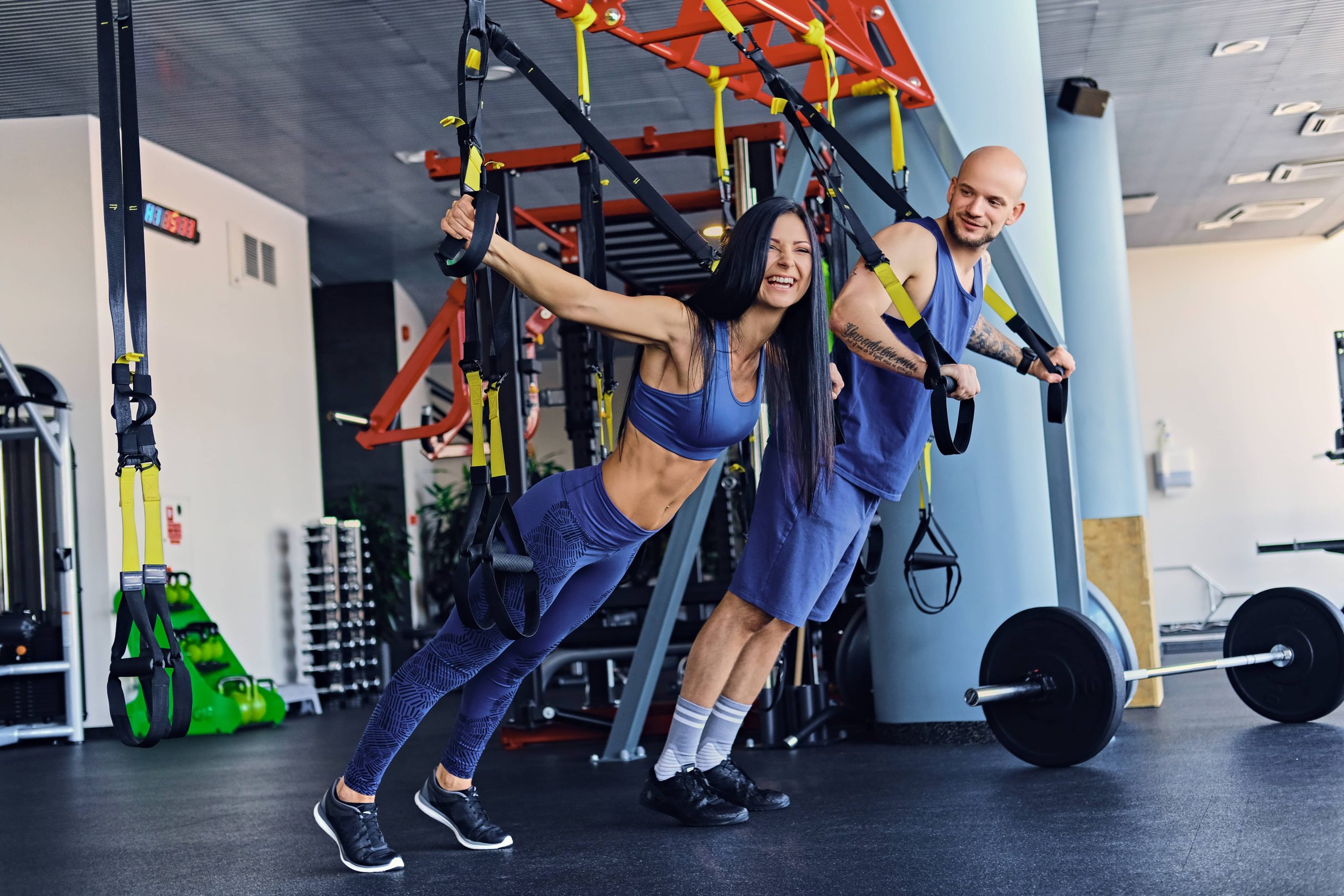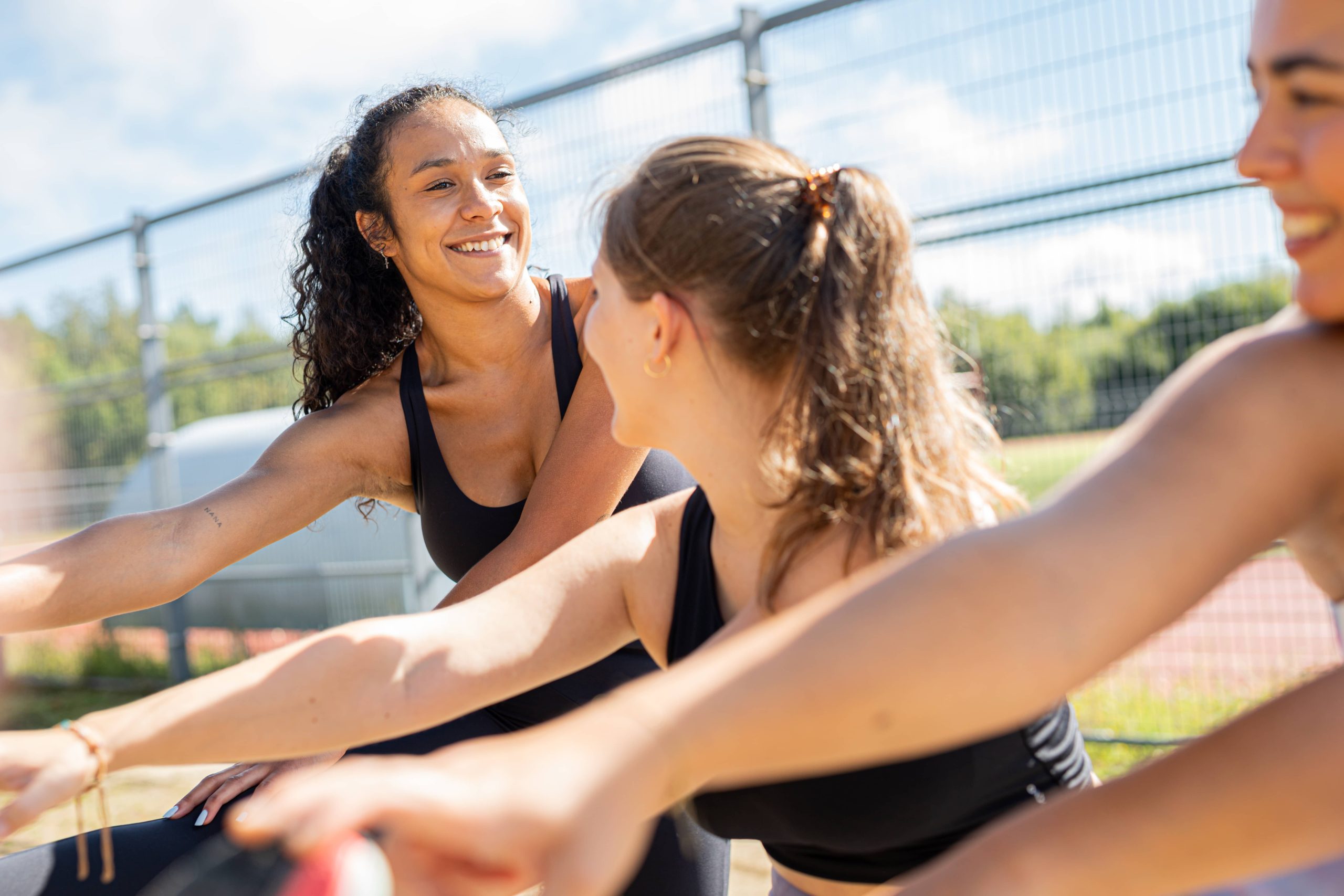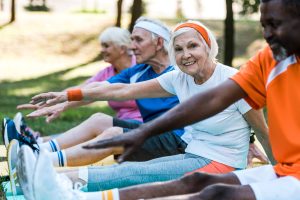
Aging gracefully is an art, and part of that art lies in maintaining a healthy heart. As we age, our bodies undergo changes that can influence cardiovascular health, but remaining active is a powerful tool to counteract these changes. This post will delve into the importance of cardiovascular exercise for older adults, outline safe and effective exercises, and provide tips for maintaining an active lifestyle.
Understanding Cardiovascular Health
The cardiovascular system consists of the heart, blood vessels, and blood. Its main job is to deliver oxygen and nutrients to the body’s cells and remove waste products. As we age, our cardiovascular systems can experience reduced efficiency. This can lead to common issues such as high blood pressure, heart disease, and decreased aerobic capacity.
However, regular cardiovascular exercise can combat these age-related changes. Exercise strengthens the heart muscle, reduces blood pressure, improves cholesterol levels, enhances circulation, and promotes better oxygen uptake by the body’s cells. For older adults, engaging in cardiovascular activity is critical for maintaining independence, enhancing quality of life, and reducing the risk of chronic diseases.
Importance of Exercise for Cardiovascular Health
Studies consistently demonstrate that physical activity is one of the most effective strategies for promoting cardiovascular health. The American Heart Association recommends that adults strive for at least 150 minutes of moderate-intensity aerobic exercise each week. This can be broken down into more manageable 30-minute sessions five times a week.
Regular cardiovascular exercise provides numerous benefits for older adults, including:
1. Improved Heart Health: Regular exercise strengthens the heart, allowing it to pump blood more efficiently, which can lower your heart rate and blood pressure over time.
2. Better Circulation: Aerobic activities promote better circulation, increasing blood flow to your extremities and reducing the chances of blood clots and blockages.
3. Weight Management: Maintaining a healthy weight is crucial for cardiovascular health. Exercise helps burn calories and builds muscle mass, aiding in weight management.
4. Reduced Risk of Chronic Diseases: Engaging in physical activity can decrease the risk of developing heart disease, stroke, type 2 diabetes, and other chronic conditions.
5. Enhanced Mental Health: Exercise releases endorphins, which can reduce symptoms of depression and anxiety, while enhancing mental well-being.
Safe and Effective Exercises
While younger individuals might gravitate towards more intense forms of cardiovascular exercise, older adults should focus on workouts that are not only effective but low-impact and gentle on the joints. Here are some excellent options:
1. Walking
Walking is a classic choice for cardiovascular fitness. It is accessible, does not require special equipment, and can be varied in intensity. A brisk 30-minute walk daily can help meet the recommended exercise guidelines. To increase intensity, incorporate intervals of faster walking or slight inclines.
2. Swimming and Water Aerobics
Water-based exercises are excellent for older adults because they are low-impact, which reduces stress on joints. Swimming can provide a full-body workout, improving cardiovascular fitness, muscle strength, and flexibility. Water aerobics also offers resistance training, which can improve muscle tone.
3. Cycling and Stationary Biking
Cycling, whether on a traditional or stationary bike, is another low-impact option that can be tailored to any fitness level. It strengthens the lower body and can improve cardiovascular endurance. Stationary biking indoors can also provide a safe environment, especially during inclement weather.
4. Tai Chi
This ancient Chinese practice involves slow, controlled movements and deep breathing. Tai Chi can enhance cardiovascular health, improve balance, and boost overall well-being. These gentle movements are perfect for older adults with arthritis or limited mobility.
5. Dancing
Dance can be a fun and social way to improve cardiovascular health. It enhances coordination, strength, and is enjoyable for many. Ballroom, line dancing, or even a lively Zumba class adapted for seniors can provide excellent cardiovascular workouts.
6. Low-Impact Aerobics
Many gyms and community centers offer aerobics classes specifically designed for older adults. These classes usually incorporate a mix of cardiovascular and flexibility exercises, accompanied by music. Participating in a group setting can also provide motivation and social interaction.
Tips for Maintaining an Active Lifestyle
Maintaining an active lifestyle as we age requires commitment, but it can also be enjoyable and rewarding. Consider these tips to stay motivated:
– Start Slow: If you’re new to exercise or have been inactive for a while, ease into a routine. Start with 10 or 15 minutes and gradually increase the duration and intensity of your workouts.
– Listen to Your Body: Pay attention to how your body feels during and after exercise. It’s normal to feel some muscle soreness, but sharp pain or discomfort is a sign to stop and rest.
– Make it Social: Exercise with a friend or join a group class. The social aspect can make workouts more enjoyable and help keep you accountable.
– Set Realistic Goals: Set achievable goals that are specific, measurable, and time-bound. Celebrate your progress, no matter how small.
– Mix It Up: Variety can prevent boredom and work different muscle groups. Incorporate a mix of walking, swimming, biking, and other activities into your weekly routine.
– Incorporate Daily Activities: Housework, gardening, and even playing with grandchildren can contribute to your weekly exercise goals.
– Stay Hydrated and Rested: Drink plenty of water before, during, and after exercise. Adequate sleep is also essential for recovery and energy.
– Consult Your Healthcare Provider: Before starting a new exercise routine, talk to your healthcare provider, especially if you have pre-existing conditions. They can help tailor a safe exercise plan for you.
Conclusion
Staying active is a cornerstone of healthy aging, particularly for cardiovascular health. Through regular and mindful exercise, older adults can enhance their heart health, maintain independence, and improve their overall quality of life. Whether it’s taking a brisk walk around the neighborhood, enjoying a swim, or engaging in a dance class, the most important thing is to keep moving and find joy in the process. Your heart—and your whole body—will thank you.











